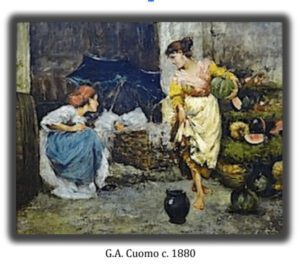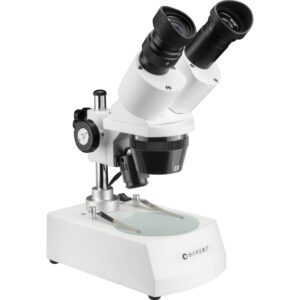Monday, December 4, 2023
Do you have a painting that needs cleaning? Are you interested to know how decades (or centuries) old paintings are cleaned? This article is for you. One of the questions I am asked the most as an art conservator is, “How are paintings cleaned?”. Let’s explore the process together.

The story of this painting’s restoration can help answer the question, “How are paintings cleaned?”. See below for its journey.
When a Las Vegas art gallery trusted me to restore a Victorian 1880s oil painting, I expected a straightforward removal of the yellowed varnish. Despite my 40 years of experience, I approached the task with humility. The importance of careful analysis and caution in the process of cleaning a painting cannot be overstated.
Many Las Vegans have the misconception that estimating the cleaning of a painting is a per-square-inch task that can be done over the phone. The reality is much more intricate. Safely cleaning aged oil paintings involves in-depth solubility tests with various solvents to make sure they dissolve the varnish without harming the original paint. We use tools such as head-mounted magnifiers and stereo binocular microscopes to delve into the details of each artwork, as varnish qualities vary significantly.

In the case of this painting, beginning estimations suggested a $300 investment in time and materials for a complete and safe cleaning. However, the artwork presented unexpected challenges. This resulted in an expenditure of $1,200.00 to carefully eliminate every trace of yellowed varnish and dust without damaging the original paint.
The art conservation process, including cleaning, often involves a “discovery process,” that unveils hidden intricacies and demands flexibility. Estimates are typically precise, but occasional unknown factors that come up from time to time underscore the dynamic nature of art restoration.
This example gives insight into the complex world of estimating and discovery during the cleaning process. You can see now why answering the question, “How are paintings cleaned?” is not as straightforward as one would think. This article gives you the knowledge you need to talk to art conservators about the conservation process. We provide art conservation services to the vibrant community in Las Vegas, and we invite you to explore the fascinating journey of art conservation and restoration. Every masterpiece holds a unique story waiting to be revealed.

We provide art conservation services and consultations in the Las Vegas area
Do you need help with an insurance claim relating to artwork? We can help.
We can answer more questions than just, “How are paintings cleaned?”. Fine Art Conservation Laboratories’ 45 years of expertise in preserving and restoring art offers invaluable help and practical knowledge for helping people through the insurance claim process for damaged collectibles and art pieces. Our experienced team understands the complexities of insurance claims related to art, heirlooms, and antiques, providing reports that are properly prepared with information that the insurance company never puts in doubt. Fine Art Conservation Laboratories charges flat fees for this work, not a percentage of the claim settlement, and our expertise is honored nationwide. Let us help make the art, heirloom, and collectible part of the insurance claim process as seamless as possible and preserve your peace of mind. Click here for more about insurance claims.
This blog post has been syndicated at ExpertClick.com.
What does it mean that this article is “ syndicated”?
It’s a bit of a coup to get an article syndicated, and it’s certainly prestigious, as additional “proof” that the info and the author are considered far and wide authoritative and an expert in the field. So, enjoy and trust our content!! This article was syndicated for USA National Redistribution.
When something is published, usually by a news source, and is made available through different venues for redistribution then it is said to be syndicated. Publications that are syndicated are usually considered of value as being from an expert, educational, new worthy or valuable for wide popular interest. See syndication page at the renowned publicity site: https://www.expertclick.com/NRWire/
This website’s syndication included:
1) Included in the ExpertClick Press Room as a ‘press release.’ (different than a ‘news release’)
2) Included in the ‘Speaker Bureau Platform Page.’
3) Shown on the front page of ExpertClick, in rotation with other most recent posts.
4) Shown in the ‘News Release Results page.’
5) Included on optimized for searches on all my topics of expertise.
6) Shown via RSS linked from the Press Room. (A specific way news is actively distributed within the industry)
7) Shown in the full RSS feed from ExpertClick. (Another, different specific way news is actively distributed within the industry)
8) Syndicated to LexisNexis.com As of 2006, the company had the world’s largest electronic database for legal and public-records related information, distributor of academic content and expert opinion.
This article has been syndicated at https://www.expertclick.com/NRWire/